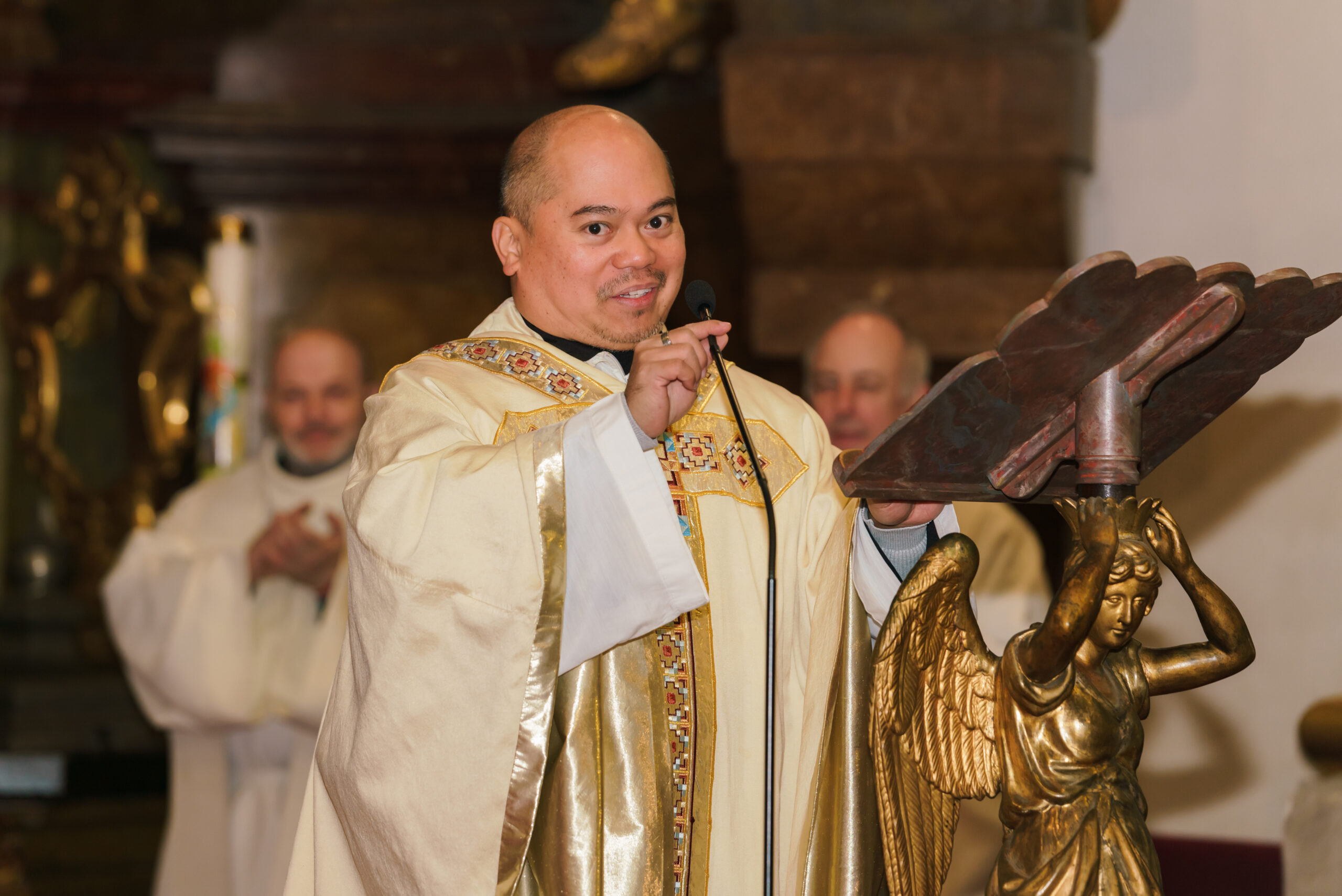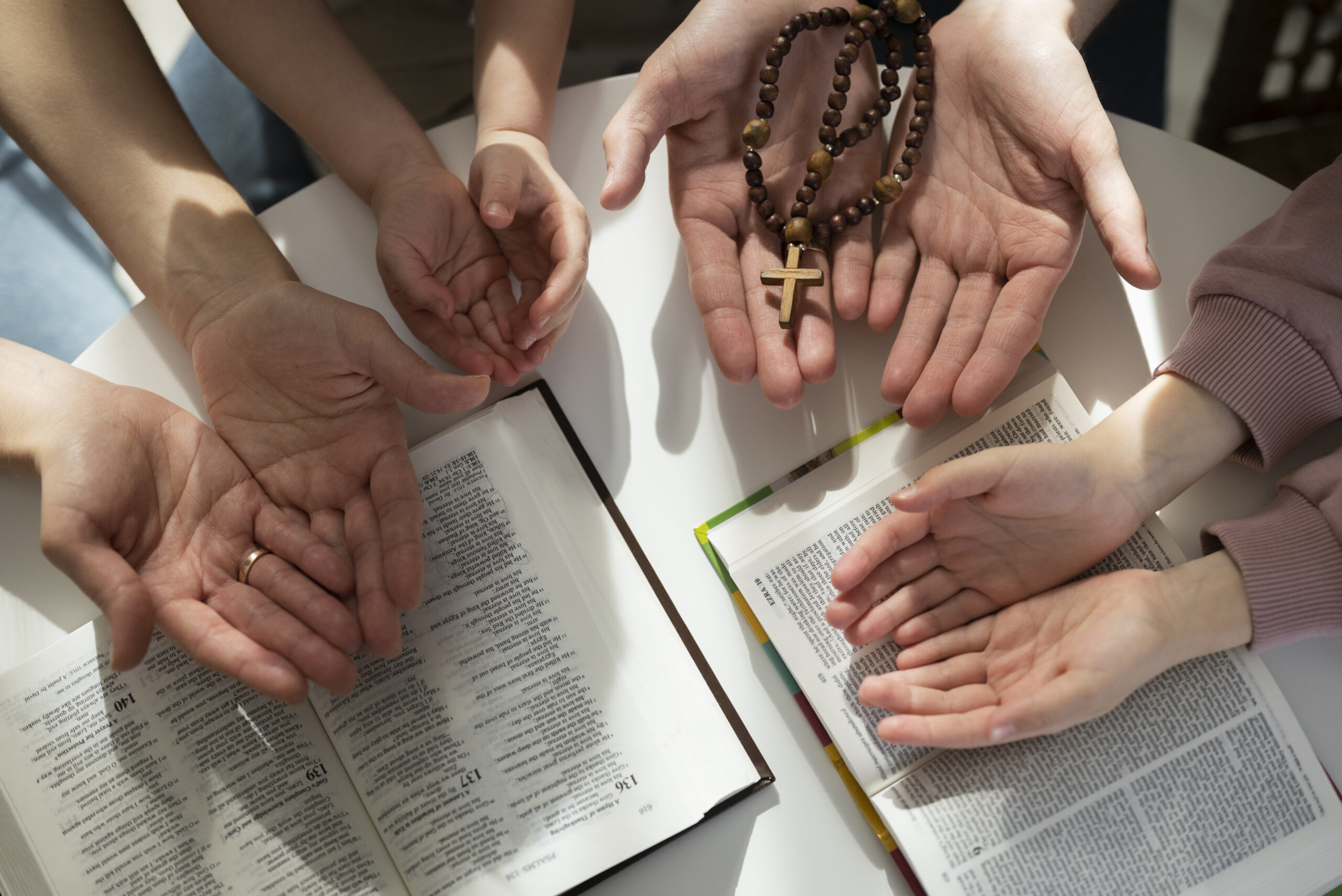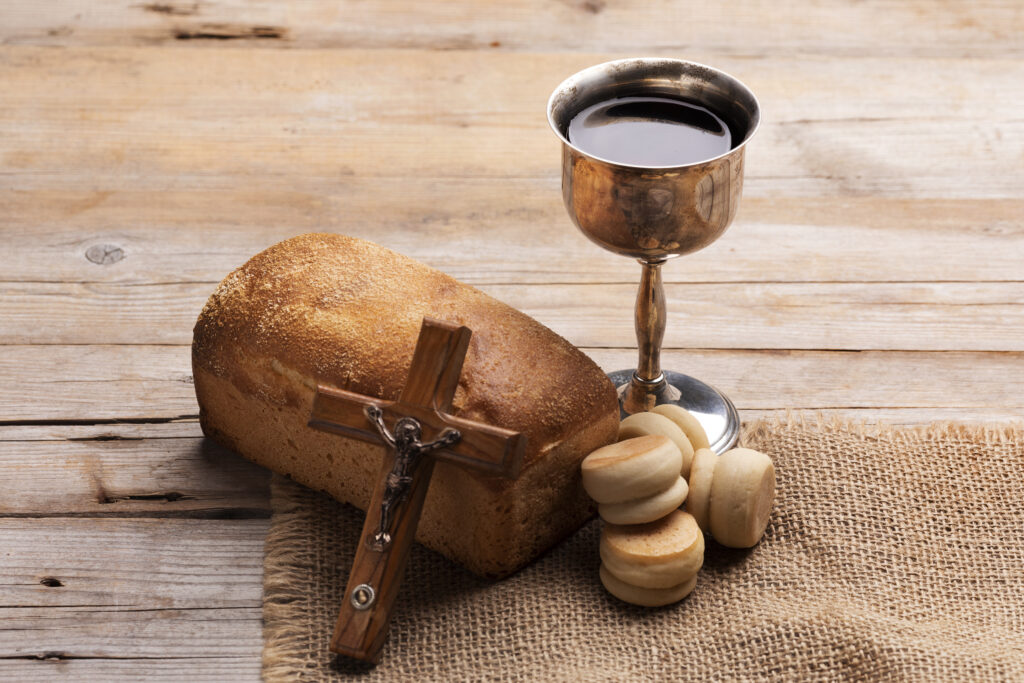
Written by: P. Imman Noel Abellana,OSA
Filipino Parish Priest at St. Thomas Church Prague
Father Imman Noel Abellana, OSA, is the only Filipino Parish Priest serving in the Czech Republic, where he leads with deep faith, cultural compassion, and a mission to bridge communities. A proud member of the Augustinian order, he brings warmth and spiritual guidance to a diverse congregation far from home.
Photo Courtesy: Ms. Hanadee Marohomsar, Sinulog 2025
PRAGUE – Religion, particularly Catholicism, has faced profound shifts in the modern world as it navigates new social, cultural, and technological landscapes. The Catholic Church, which has historically been a central institution for millions around the globe, now contends with the rise of secularism, global interconnectedness, and changing societal values. In many Western countries, regular church attendance has declined significantly, with younger generations showing lower levels of religious affiliation. According to the Pew Research Center, the proportion of Catholics in the United States dropped from 76% in 1960 to about 20% by 2020, reflecting a broader trend of religious disaffiliation in modern societies.1

Despite these challenges, the Catholic Church remains a powerful institution in many parts of the world, particularly in Latin America, Africa, and parts of Asia. Here, the Church continues to serve not only as a place of worship but also as a key provider of social services, education, and healthcare. The Vatican’s role in advocating for peace, social justice, and human rights also maintains its global influence. Pope Francis, for
example, has been vocal on issues such as poverty, climate change, and the plight of refugees, emphasizing the Church’s commitment to the common good. His leadership has sparked discussions about the role of the Church in addressing contemporary issues, striving for inclusivity and social responsibility.2
TOP READS:
- How to Protect Your Skin During the Cold Months: 5 Tips for Filipinos Living in the Czech Republic
- Going Home for the Holidays? We Gotchu, Your OFW Christmas Travel Checklist is Here!
- Not-So-Exotic, Totally Yummy 6 Filipino Dishes to Try
- The Philippines’ Tabo Culture
- AirAsia Expands Routes: Direct Flights from Manila to Istanbul via Kuala Lumpur Begin November 14
However, the Catholic Church’s authority and relevance face significant challenges as it grapples with both internal and external controversies. The clergy scandal, which has affected the Church worldwide, remains one of its most damaging crises. The long-term effects of the scandal continue to undermine the credibility and moral authority of the Church, leading to a loss of trust among many followers. Moreover, debates over the role of women in the Church, the Church’s stance on LGBTQ+ rights, and its position on reproductive health remain divisive issues. These controversies have led some Catholics to call for reforms, while others advocate for a return to more traditional teachings and practices.3
As the Catholic Church moves forward in the 21st century, it faces the challenge of balancing tradition with modernization. The rise of digital platforms offers the Church new ways to engage with the faithful, especially the younger generation, through online mass services, podcasts, and social media. However, the Church must also confront the question of its relevance in an increasingly pluralistic world where spiritual practices often transcend traditional religious institutions. In navigating these challenges, the Catholic Church will need to maintain its core teachings while finding new ways to engage with a rapidly changing global society.4

REFERENCES:
- Pew Research Center. “The Future of World Religions: Population Growth
Projections, 2010-2050.” 2015. ↩︎ - Pope Francis, “Laudato Si’: On Care for Our Common Home.” Vatican, 2015. ↩︎
- “The Catholic Church’s Sexual Abuse Scandal: The Continuing Impact.” The New
York Times, 2019. ↩︎ - “How the Catholic Church Is Using Technology to Connect with Millennials.”
Vatican News, 2020. ↩︎










